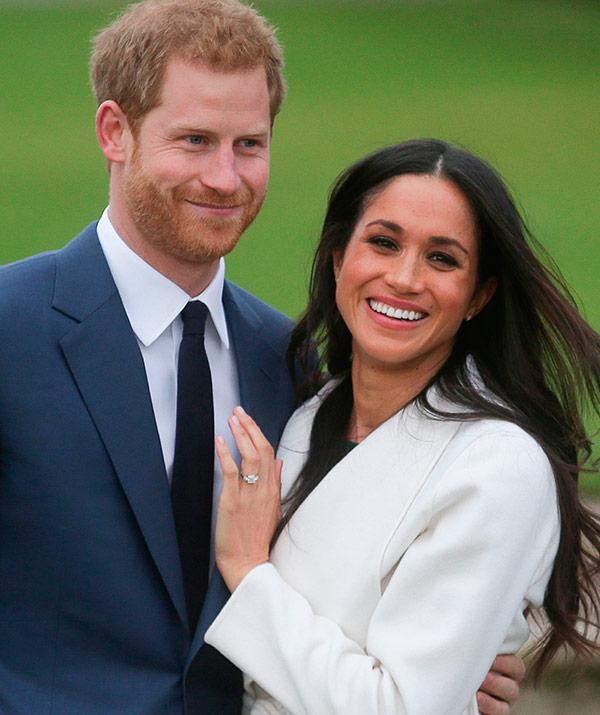Do you ever get the feeling that what someone is telling you is not what they’re really thinking? They seem genuine but something about the interaction leaves you walking away with doubts.
We all give nonverbal clues to what we’re thinking and feeling but most of us focus more on what people say than what they do to express themselves. We asked psychologist Clare Mann and counselling psychotherapist Dr Karen Phillip to give us some insights into reading people’s body language, so that you can get a true gauge on what’s going on.
Strap yourself in, here we go.

How to tell if someone likes you
If someone likes you, they’ll use friendly, open body language cues. This includes smiling, making consistent eye contact, keeping their arms by their sides and leaning forward when speaking to you.
“They’ll look at you, then look away, before looking back again and smiling. They do this to get your attention and gauge your response before approaching you,” psychotherapist Dr Karen Phillip explains.
Smiling is one of the clearest signs of attraction, so learn how to spot a fake. The best way to pick a phoney smile is to look for the absence of crow’s feet or if bottom teeth are visible.
A true smile will usually result in semi-closed eyes as well as exposed top teeth.
People will also try to close the distance between you and them.
“You may find they start mirroring your body movements and breathing rate. This is called match-and-mirror,” Dr Phillip says.

How to tell if someone is lying
A lack of eye contact may seem like a telltale sign that someone is telling you a fib, but according to Clare, it’s not necessarily always the case. Too much eye contact could also be a warning sign that you’re not getting the whole story.
“Sometimes people who are lying try to avoid eye contact in an attempt to evade being caught out, but they may also overcompensate to appear more genuine. Either way, their behaviour will appear markedly different to how it usually is,” she says.
They may also glance away while leaning back, blink more often, cover their mouth, stammer or touch their arms or nose.
Dr Phillip says people who cross their arms or legs, continually twitch or keep their feet pointed away from you while speaking may also have some sort of hidden agenda.
“Dishonest people may think they’re in control but more often than not the effect of adrenalin running through their body makes it obvious they’re trying to hide something,” Clare adds.

How to tell if someone is anxious
Anxiety is one of the emotions that can’t be identified by a single body language signal; rather it’s a combination of factors coming together at once.
Some red flags include persistent fingernail biting, fidgeting, finger tapping, sweating and whistling. Shoulders may also appear slouched, which is a sign of stress, and the person may struggle to find the right words to say, which can result in avoiding interactions altogether.
When trying to make sense of other people’s behaviour, psychologist Clare Mann says there are four categories of emotions to remember: glad, sad, bad and mad.
“When someone’s anxious or upset, they tend to show more bad behaviours because there’s more pent-up energy behind their emotions,” she reveals. “They can appear more aggressive than upset, which is an avoidance technique.”
Don’t immediately assume the behaviour has anything to do with you. Instead, Clare advises using friendly body language towards someone showing these signs to help them feel more at ease.
When someone’s guarded: “Closed body language signals, such as folded arms, are classic signs of someone who’s taking a guarded stance or is on the defensive,” Clare says.
It reveals an insecurity or hostile attitude.
There are various ways to fold your arms: with clenched fists, arms crossed tightly or loosely, or clutching arms. Each projects defensiveness, but on a different scale.
The double-arm grip indicates someone isn’t buying what you’re saying. It’s characterised by the person’s hands tightly gripping their upper arms to reinforce themselves and avoid exposure. It’s commonly seen in doctors’ and dentists’ waiting rooms. Karen says this creates an artificial barrier to help people feel more secure.
She says, “Other classic signs that may suggest someone is shielding themselves include less direct eye contact, feet pointed towards an exit and not matching your body language at all.”
Via Yours
-scaled.jpg)

-scaled.jpg)